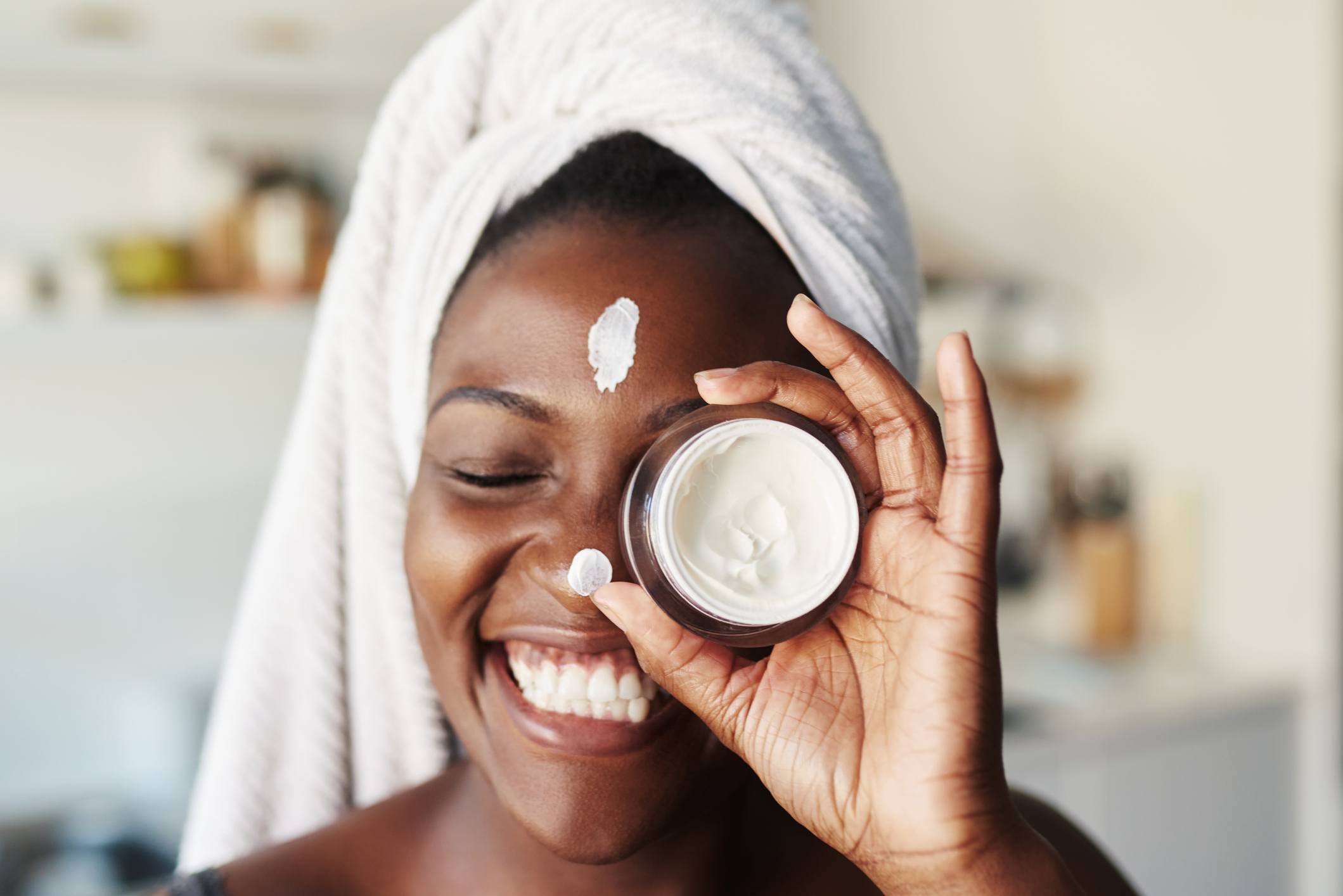It’s no secret that the beauty industry is glutted with new brands, each trying to claw and charm their way to the top. Unfortunately, many of the buzzwords that brands used to get a leg up on the competition (“digitally-native,” “direct-to-consumer,” “clean,” “vegan,” or “sustainable,” to name a few) are no longer enough to set a brand apart.
Happily, the panelists at Intrepid’s recent Beauty and Personal Care panel at the ACG LA M&A Conference shed some light on the issue. The experts at hand: Brentwood Associates’ Beauty and Wellness Industry Partner Katherine Mossman, who regularly evaluates beauty brands for potential investment; Founder of OrangeTwist and CEO of Hydrafacial, Clint Carnell, along with Lilly Lashes and Hairtamin founder Lilly Ghalichi, who have both seen their own consumer brands through successful investment processes; and Intrepid Vice President Lauren Antion, who spends her days advising beauty brands for both sale and investment events. Here are the questions they believe you should be asking—and answering—to stand out to investors now.
Do customers *need* you?
If you’re going to make waves in the beauty space, this question should be top of mind—not only at launch, but with every subsequent SKU you introduce. “The best performing brands are typically solution-driven—brands that are solving a need for consumers, are experimenting in the marketplace, or are significantly superior to the options currently available to consumers,” Antion says. If you’re addressing a truly unresolved need for a customer, the product should sell (and resell) itself.
Are you doing things differently?
Unfortunately, offering a useful product isn’t always enough to stand out in today’s crowded consumer landscape. You also need to radically rethink the status quo. “A product that works is table stakes now,” Carnell says. Mossman reveals that when she’s evaluating a brand, she tries to identify areas where they are innovating, particularly in areas where major players haven’t been so nimble. This gives her a sense of a brand’s ability to unseat competition in a category. “I think there are five levers to challenge: One is narrative, another is product, another is go-to-market, another is consumer engagement, and the last is social impact,” Mossman says. “The best brands today are challenging the incumbent across all of those levers.”
How credible--and targeted--is your story?
The most successful beauty brands address more than just appearance—they connect with customers on an emotional level. “Story-telling is super important. You have to build your brand from the inside out,” Carnell says, adding that reinforcing your brand’s values down to the front-line employee level is crucial to getting that message across to every consumer. “Your employees can’t act one way while your brand stands for something different.” Ghalichi agrees: “All my brands are about female empowerment by women, for women—and we embody that on every level.” But here’s the risky side of authenticity: In order for that narrative to be truly authentic, you need to choose a specific customer segment to speak to. “You can’t win by looking to satisfy everyone anymore,” Carnell says.
Can you keep someone’s interest?
Getting customers to try your product might seem like the greatest task at hand, but the real win is getting them to commit. “During this pandemic, investors have been increasingly focused on businesses that lend themselves to strong replenishment patterns, strong repeats, that have very loyal consumers,” Mossman says. “We are increasingly looking into loyalty, how much consumers really like the brand.”
Antion says catering to your customer’s specific needs is an increasingly important way to keep consumer from wandering. “It's all about consumer engagement – offering the consumer a product that's personalized or customizable has become increasingly important. Consumers want a product that works for their hair type and their skin type, and to know that it's tailored to them.”
What do the numbers say?
Gone are the days of only looking at revenue and EBITDA. “Today investors are beauty care experts – they know revenue and EBITDA are important but only the output of the real numbers that are driving the brand,” Antion says. “The best brands are excelling and improving across all key metrics – including growth, gross margin, customer retention rates, sell-through rates, return on ad spend, average order values, and customer lifetime values, to name a few,” Antion adds.
Are you built for success over the long haul?
Finally, no matter how useful, innovative, mission-driven, buzzy, or engaging your brand is, investors’ holy grail remains profitability. “To really understand if a brand is going to survive for a long period of time, I would say you need at least three to four years of demonstrated growth--and being able to see at least a path to profitability is crucial,” Mossman says.
To read my previous blog post on Intrepid’s recent Beauty and Personal Care panel at the ACG LA M&A Conference, click here.

